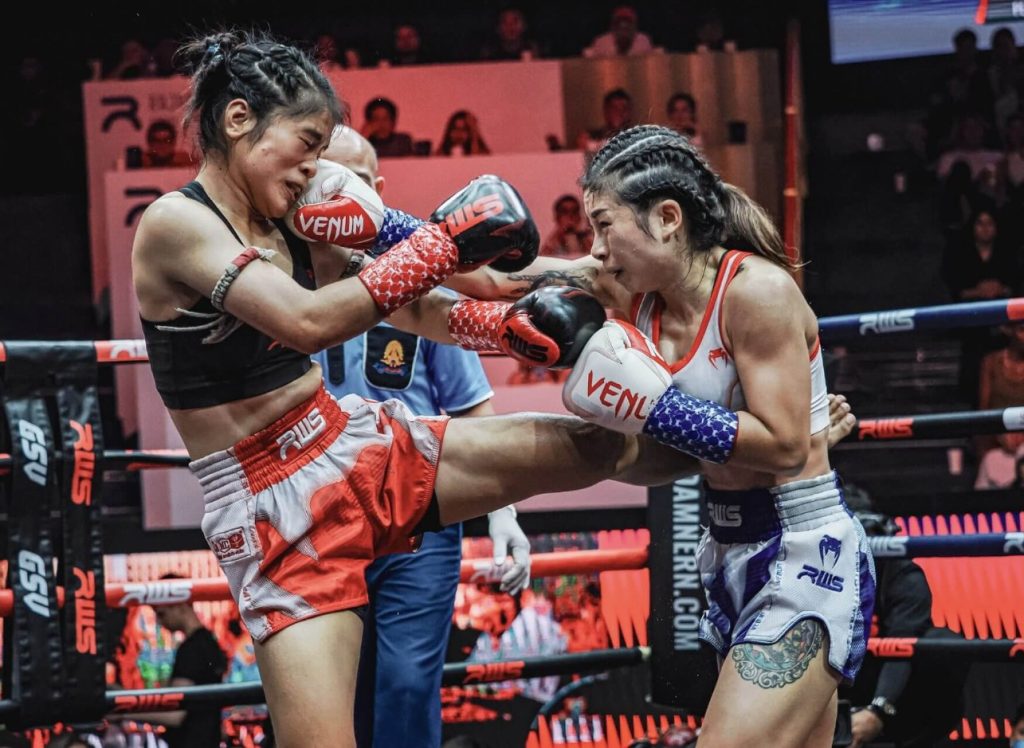When people think of martial arts, images of karate, judo, or kung fu might first come to mind. But there’s another powerful, culturally rich, and technically sophisticated discipline that stands firmly among these ancient traditions—Muay Thai. Often called the “Art of Eight Limbs,” Muay Thai is Thailand’s national sport and a combat system with deep historical roots. But does it qualify as a martial art in the traditional sense? This article explores the origins, structure, philosophy, and practice of Muay Thai to answer that question.
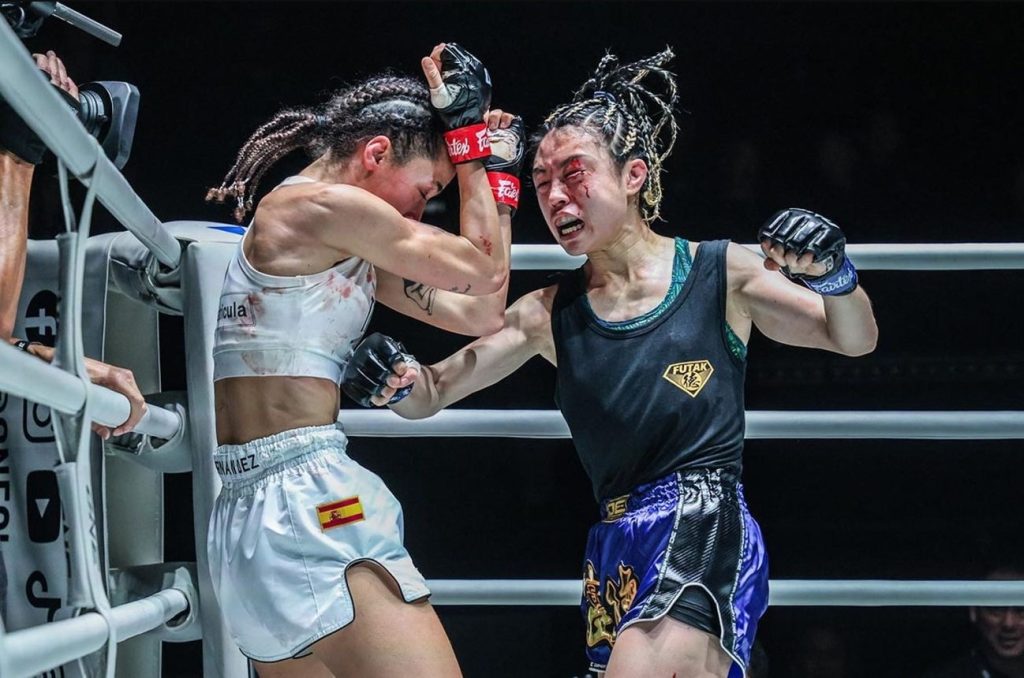
Table of Contents
Understanding Martial Arts
The term martial art generally refers to codified systems and traditions of combat practices. While some people associate martial arts primarily with East Asian traditions, the definition is much broader:
Core Characteristics of Martial Arts
| Characteristic | Description |
|---|---|
| Codified Techniques | A structured system of strikes, grappling, defense, and movement. |
| Cultural Roots | Embedded in the history and values of a specific culture. |
| Training & Discipline | Involves long-term practice, rituals, and a student-teacher relationship. |
| Physical & Mental Growth | Aims to improve not just combat skills but also discipline and character. |
| Competitive & Practical Use | Can be used in sport, self-defense, and real combat situations. |
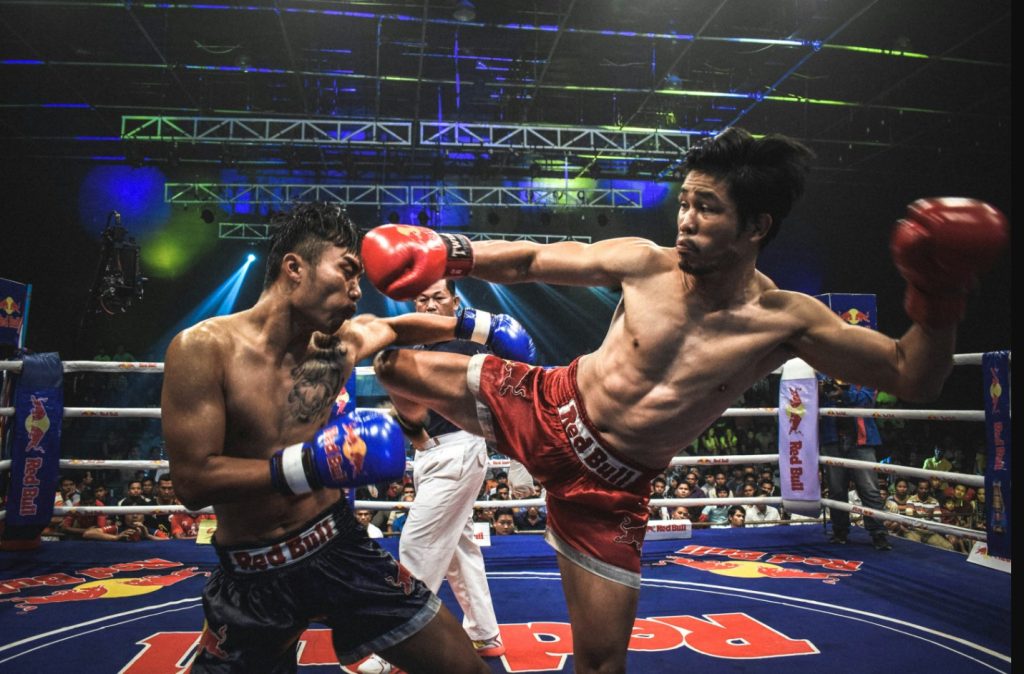
Origins of Muay Thai
Muay Thai’s history stretches back several centuries, originating from Muay Boran, the traditional fighting style used by Thai warriors. It evolved as both a battlefield technique and a sporting practice, solidifying its status during the Sukhothai and Ayutthaya kingdoms.
It became systematized over time, particularly during the reign of King Rama V in the late 19th century, who promoted it as a national sport and instituted formal competitions.
Technical Aspects of Muay Thai
Muay Thai is known for its brutal efficiency and emphasis on using the entire body as a weapon. It’s called the “Art of Eight Limbs” because it utilizes:
- Fists
- Elbows
- Knees
- Shins/Feet
Muay Thai Techniques Overview
| Limb Used | Technique Example | Function |
|---|---|---|
| Fists | Jab, Cross, Hook, Uppercut | Striking at range, combinations |
| Elbows | Horizontal, Diagonal, Spinning | Close-range strikes, cuts |
| Knees | Straight, Jumping, Clinch Knees | Damage in the clinch |
| Shins/Feet | Roundhouse Kick, Push Kick | Long-range control, power strikes |
Training Structure
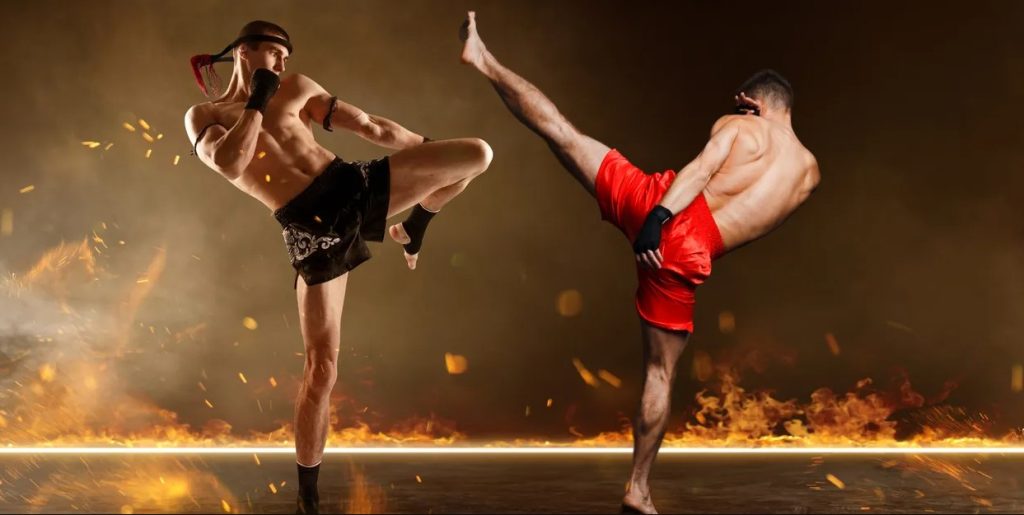
Like other martial arts, Muay Thai training involves more than just physical workouts. Fighters and students go through a structured regimen:
- Warm-up and Conditioning: Running, skipping, bodyweight exercises.
- Technical Drills: Pad work, bag work, shadowboxing.
- Sparring: Light or full-contact with partners.
- Clinching: Specialized training for control and striking in close quarters.
- Cultural Rituals: Such as the Wai Kru Ram Muay, a ceremonial dance to honor the teacher and traditions.
Philosophy and Ethics
Though Muay Thai may appear violent, it is rooted in respect, discipline, and humility—core values of traditional martial arts. Fighters bow before entering the ring, honor their teachers, and are expected to show sportsmanship at all times.
Muay Thai, like other martial arts, teaches practitioners to master themselves before mastering others.
Comparison to Other Martial Arts
Comparative Martial Arts Overview
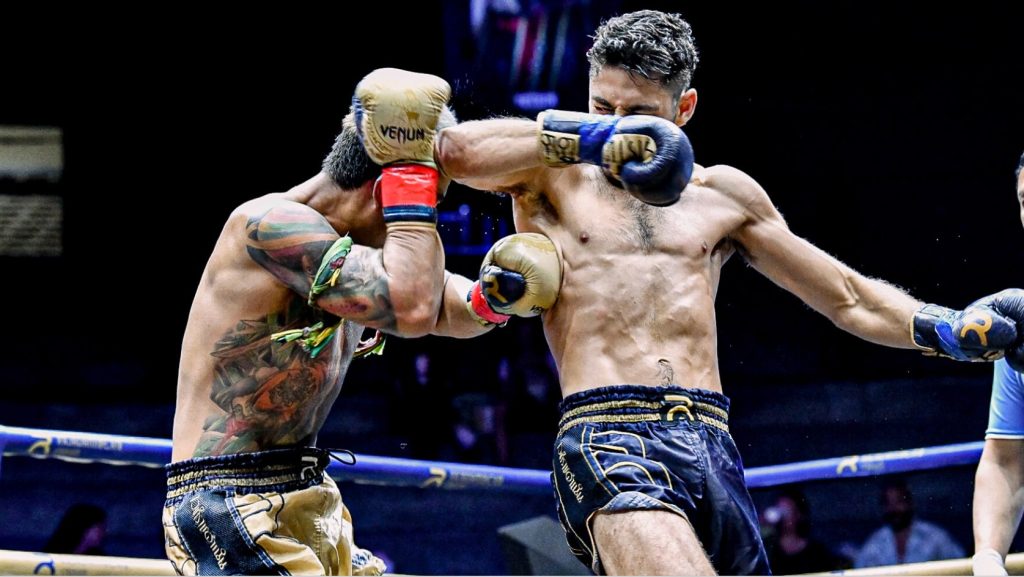
| Feature | Muay Thai | Karate | Brazilian Jiu-Jitsu (BJJ) |
|---|---|---|---|
| Origin | Thailand | Japan | Brazil (from Judo origins) |
| Focus | Striking (8 limbs) | Striking (hands, feet) | Grappling, submissions |
| Sport Component | Professional and amateur | Point sparring, full contact | Sport BJJ, MMA |
| Traditional Forms | Wai Kru Ram Muay | Kata | Drills, rolling |
| Belt/Ranking System | None traditionally | Colored belts | Colored belts |
| Self-Defense Use | High | Moderate to high | High |
| Philosophy | Respect, humility, honor | Discipline, honor, patience | Efficiency, leverage, resilience |
Despite lacking a traditional belt system, Muay Thai still holds the same ritual and structural depth as other recognized martial arts.
Modern Recognition and Application
Today, Muay Thai is recognized globally:
- It is practiced by millions worldwide.
- It is a foundation of modern MMA (Mixed Martial Arts).
- It has been acknowledged by UNESCO as Intangible Cultural Heritage.
- Professional organizations like ONE Championship and Lumpinee Stadium promote global competition.
Even militaries and law enforcement agencies around the world incorporate Muay Thai techniques into their close-combat training.
Is Muay Thai a Martial Art?

Absolutely—Muay Thai is a martial art in every sense of the word. It meets all the criteria:
- Structured and codified techniques
- Cultural and historical significance
- Formal training systems
- Philosophical and ethical grounding
- Application in sport, self-defense, and personal development
The absence of belts or a formal ranking system does not detract from its legitimacy. In fact, this reflects its practical origins—fighters earn respect through performance, not colors.
Muay Thai is much more than just a combat sport—it is a complete martial system with a unique identity. With its rich traditions, practical effectiveness, and widespread influence, Muay Thai stands shoulder to shoulder with any of the world’s great martial arts. Whether practiced for fitness, self-defense, competition, or spiritual growth, Muay Thai offers a path that embodies the true spirit of martial arts.


